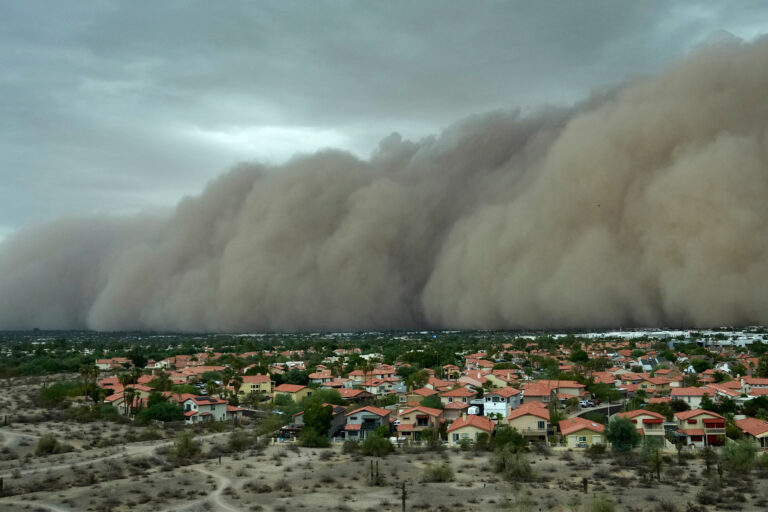- Bangladesh is paying hundreds of millions of dollars in incentives to private electricity producers every year for electricity that’s going unused, a government report indicates.
- The country’s grid has the capacity to supply nearly 60% more electricity than consumers demand, which the government must pay for even if it means paying producers to remain idle.
- Despite the glut, the government is embarking on several large-scale power projects, including seven coal-fired plants and up to two nuclear plants, which will nearly double its total capacity by 2030.
- Energy policy observers say this building spree is “ridiculous” and pushes the country into risky territory as the costs of incentives and subsidies balloons.
A glut of electricity-generating capacity means Bangladesh is paying hundreds of millions of dollars in incentives to power producers that aren’t churning out any electricity, according to a government report.
The country’s total installed capacity — the combined output of all its power plants working at full capacity — is 22,031 megawatts, while total demand for electricity in the country is just 13,792 MW. That’s according to the Bangladesh Power Development Board’s (BPDB) 2020-21 annual report, and puts the country’s electricity overcapacity at nearly 60%.
Under the terms of its various agreements with power producers, the government pays the latter what’s known as a capacity charge, meant to ensure electricity is always available on tap, even if it means paying them to remain idle. For the 2020-21 fiscal year, the capacity charge paid to 37 private power producers amounted to the equivalent of $1.35 billion, the BPBD report says.
During the same period, the government also paid out the equivalent of $1.39 billion in subsidies to state-owned electricity utilities, the report says.
These figures make the government’s plans to continue adding capacity “ridiculous,” says Hasan Mehedi, secretary-general of the Bangladesh Working Group on External Debt, a group of NGOs and activists. Mehedi adds the actual overcapacity is more than the estimate, as electricity consumption declines during the winter months (to about 8,000 MW, according to the BPBD report).
More projects, more financial pressure
The Bangladesh government is embarking on several large-scale power projects, including building seven coal-fired plants with total capacity of 6,830 MW. A 1,200 MW nuclear power plant is also being built, expected to go online by 2025, and a second is under consideration. Additionally, eight small-scale gas and liquefied natural gas plants, with total capacity of 1,609 MW, are currently under construction. And five large-scale gas plants, with capacity of 8,750MW, are in the planning phase.
Other projects include a 500 MW solar farm, a 1 MW biomass plant running on municipal solid waste, and four wind farms. Altogether, they will boost Bangaldesh’s total installed capacity to 40,000 MW by 2030, according to the Bangladesh Power Division.
But this could push the country into risky territory, given that the current installed capacity already exceeds domestic demand by a wide margin, says Shahab Enam Khan, an energy expert and professor of nternational relations at Jahangirnagar University in Dhaka.

If the generating capacity continues to increase, and domestic demand fails to keep pace, the government should reconsider its plans to avoid the recurring financial loss, Khan said, adding that the capacity charges and subsidies pose a huge burden on the country’s economy.
Mohammad Hossain, director-general of the Bangladesh Power Division’s technical arm, told local media that the country’s overcapacity is “not unreasonable” because it allows Bangladesh to choose better different sources of energy depending on price. He also defended the capacity charge as a way to ensure that private power producers get a return on their investment.
Outages amid a glut of power
According to a 2020 report from the Institute for Energy Economics and Financial Analysis (IEEFA), up to 57% of installed capacity in Bangladesh went unused in the 2018-19 fiscal year.
“Significant capacity payments to idle power plants are helping drive the need for increasing government subsidies to the Power Development Board to cover its financial losses,” the IEEFA said in a statement, adding that the new projects in the pipeline would add to the financial pressure.
“A long-term switch from cheap domestic gas towards more expensive imported coal and liquefied natural gas (LNG), combined with the severe, long-term power overcapacity Bangladesh is on course for, is likely to see government subsidies continue to rise,” study author and IEEFA energy finance analyst Simon Nicholas said in the statement.
For energy observers in the country, the irony of the power glut is that Bangladesh continues to suffer from frequent power outages and fluctuating voltages.
The entire population of about 180 million is connected to the grid, according to the Bangladesh Power Division, but the power transmission infrastructure can’t always keep up. Inadequate transmission and distribution lines lead to the outages and unreliable voltages, with many industries not getting their power from the grid for this reason.
Mehedi, from the working group on debt, says the government should expand the transmission and distribution networks to cope with the power generation capacity.
Banner image: A heavy fuel oil power plant in Bangladesh that supplies to the national grid. Image by Khondker Rifat Hossain via Wikimedia Commons (CC BY-SA 3.0).
Feedback: Use this form to send a message to the author of this post. If you want to post a public comment, you can do that at the bottom of the page.














